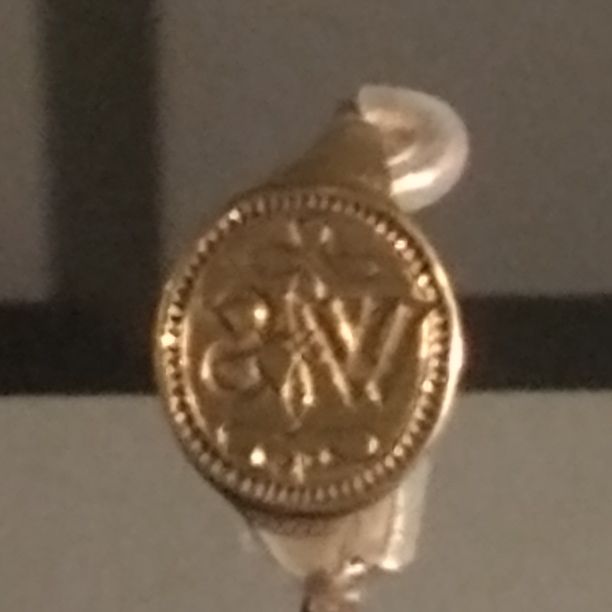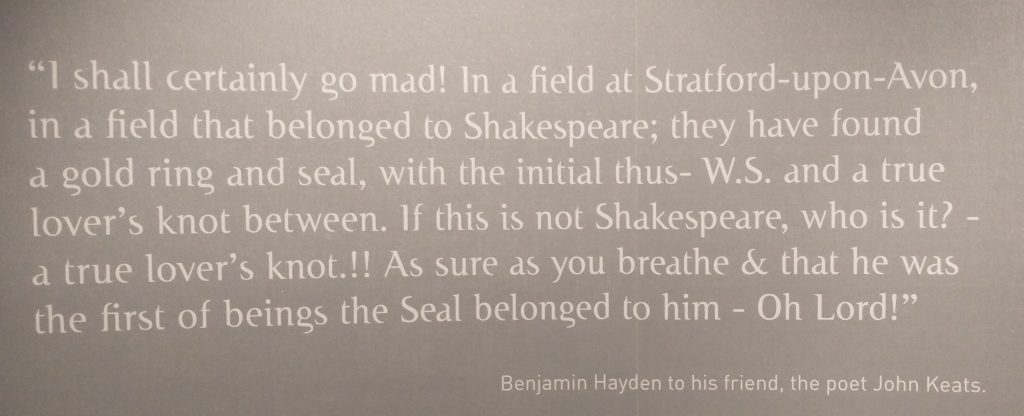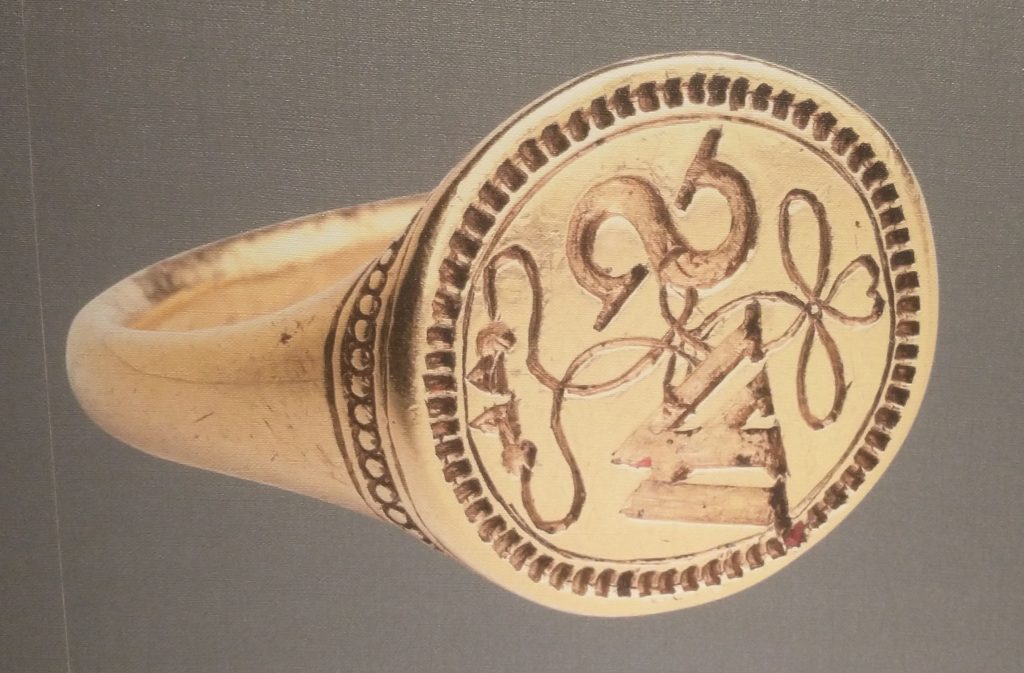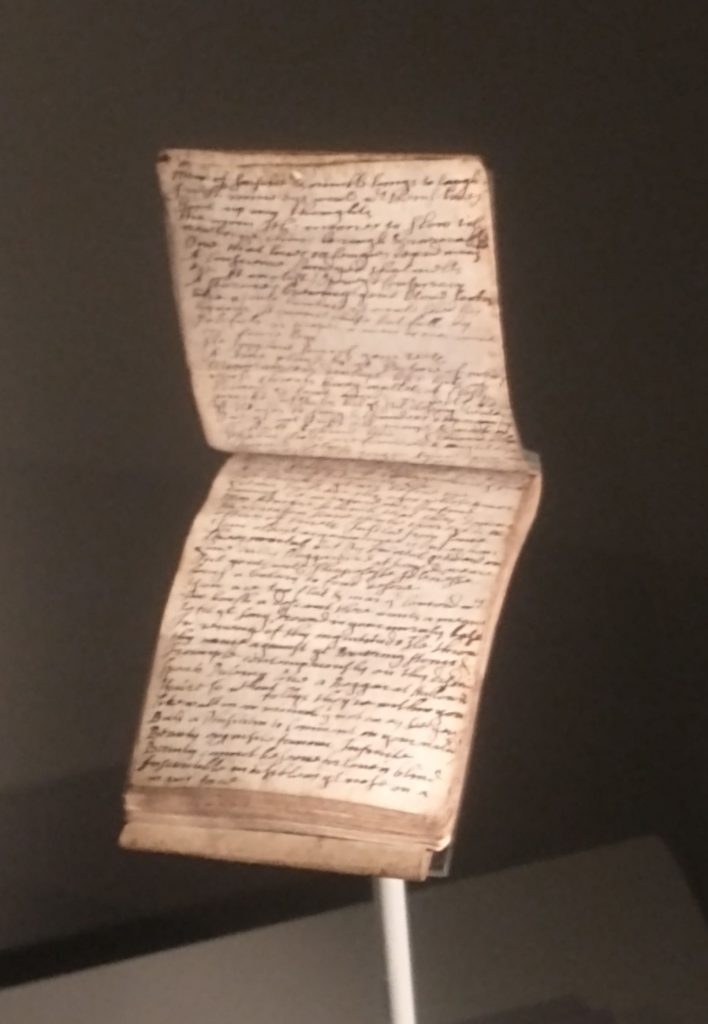
Four Hundred and One Years ago, on 8th November in 1623, the First Folio was registered at Stationer’s Hall near the publishing district around St Pauls Cathedral in London. It was actually called:
Mr. William Shakespeare’s Comedies, Histories, & Tragedies
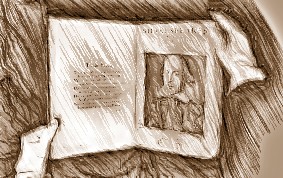
It was put together by his actor friends, John Heminge and Henry Condell seven years after his death, and they wanted to replace all the corrupt editions of his plays and poems that had been
“stol’n and surreptitious copies, maimed and deformed by frauds and stealths of injurious impostors”.
The true texts of his plays and poems “are now offer’d to your view cured, and perfect of their limbes; and all the rest, absolute in their numbers as he conceived them.” Wikipedia
In fact, the plays were ready early as they entered in to the catalogues for the Frankfurt Book festival to appear between April and October 1622,- and how amazing is it that, that festival is still the dream of any aspirant writer?
The First Folio offers plenty of proof that Shakespeare was the author of the plays. He left gold rings of remembrance to Heminge and Condell in his Will. They were part of his Players Company, and had worked together on many of the plays. The Folio has forewords by people extolling the virtues of the writer. Enough proof for any reasonable person.
Heminge and Condell are commemorated in the Garden of St Mary Aldermary behind the Guildhall, where they were Churchwardens, and not far from where Shakespeare was living in 1611. True friends.
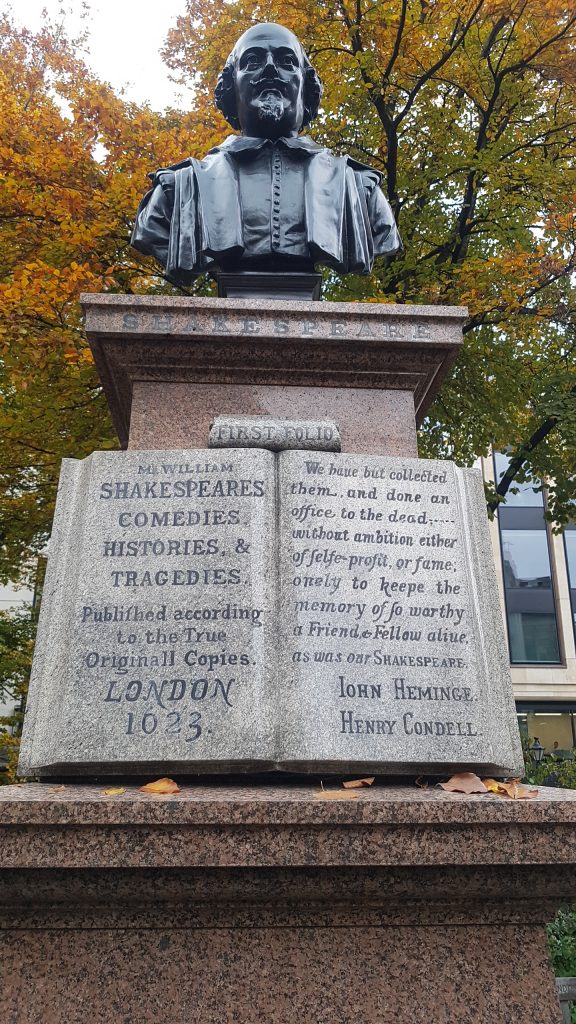
There was a wonderful BBC festival of Shakespeare on in 2023/24 to celebrate. Here:
International Intersex Day
Intersex Day of Remembrance, also known as Intersex Solidarity Day, is an internationally observed civil awareness day. (Wikipedia).
First Published November 2024, Intersex day added Feb 2025. To be completed November 2025

